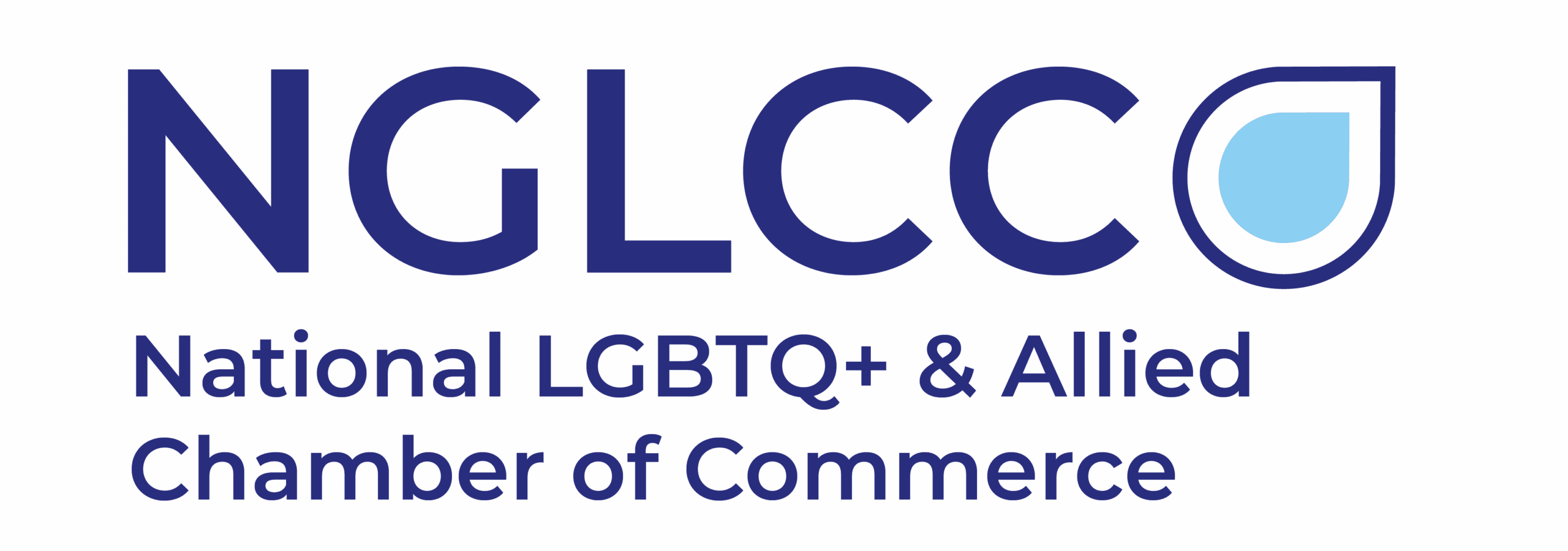October 19, 2020
After March of 2020, many of us found our lives permanently altered. Other than trips to the grocery store, we rarely interacted with large groups of people. Although this isolation had many implications, perhaps an unexpected one was related to gender expression.
Popular sociological theories explain gender expression as a social performance. Based on cultural norms imparted to us at a very young age, every one of us “performs” aspects & ideals of masculinity or femininity in public. Quarantine presented an interesting scenario in which to observe this theory – what if the public settings where we perform gender were to be removed?
Throughout the last several months at home, I have found that although I was assigned female at birth, I have no inclination to perform traditional femininity – nor do I wish to perform traditional masculinity. I identify as nonbinary, lying somewhere outside of the traditional gender binary. Many people who identify as nonbinary fall along a spectrum of definitions – some define themselves as “in the middle” of genders, while others disregard gender entirely. Personally, I am not a woman or a man – I just am.
What’s more is this feeling of not quite being a woman has always been there. These are not thoughts that surfaced merely because of quarantine. However, the removal of scenarios of gender performance helped to clarify my thoughts and emotions around how I identified.
For 21 years, I have been referred to by she/her pronouns. As I came to terms with these new thoughts & feelings, I began to ask the people closest to me to refer to me with they/them pronouns. I felt the need to ease people into my identity because although it was not new for me, it felt new to them. It was incredibly difficult for me to make what should have been small requests, but I felt for some time that it was asking too much.
No person that identifies as something other than what they were assigned at birth should be made to feel this way. We are who we say we are, and the people in our lives must respect that. To use someone’s stated pronouns is to validate their identity, lived experiences, and, most importantly, who they are at their core. This can be a lifesaving act, even if it appears miniscule.
There are steps we can all take each day to be inclusive of the wide range of gender identities that people embody. Asking people for their pronouns when you first meet is a positive act that allows them to feel respected and validated when they are being referred to in the future. Even if we’re no longer meeting each other in person, including pronouns in your Zoom name is a simple act that promotes inclusivity and respect. Our country has a long way to go in terms of gender equality and inclusivity, but together, we can spearhead growth.
**
Sarah Jester | Senior Manager, Digital Media
they/them/theirs
